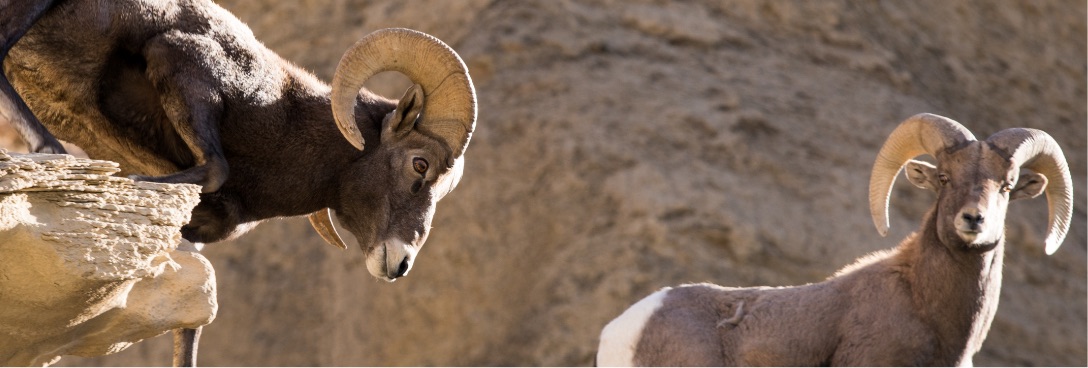Wildlife defines the West. It is part of our identity. The Carson National Forest just wouldn’t be the same without Rocky Mountain bighorn sheep, elk, mule deer, and pronghorn. Wildlife should be able to freely and safely cross our shared land, and it’s up to us to ensure it.
The upper Rio Grande watershed is home to three national forests. All three forests are in the process of creating new management plans, and these plans will dictate how our forests are managed for the next 20 or so years. A lot rides on these plans.
We continue to support traditional community land uses, such as residential wood cutting and piñon and herb gathering, while ensuring that wildlife have healthy habitat and the ability to move freely across the landscape.
The upper Rio Grande watershed is home to three national forests. All three forests are in the process of creating new management plans, and these plans will dictate how our forests are managed for the next 20 or so years. A lot rides on these plans.
The upper Rio Grande is the considered the most connected landscape in the lower 48. Protecting migration routes for elk, big horn sheep, mule deer and Rio Grande cutthroat isn’t simply about protecting one species that migrates, but the entire ecosystem.
You can help make sure that the natural balance of this system holds for decades to come. Please take a moment to speak up for wildlife and the protection of wildlife corridors in the Carson National Forest Plan. Remember the Forest Service wants to hear from YOU. Edit and submit your comment today.

